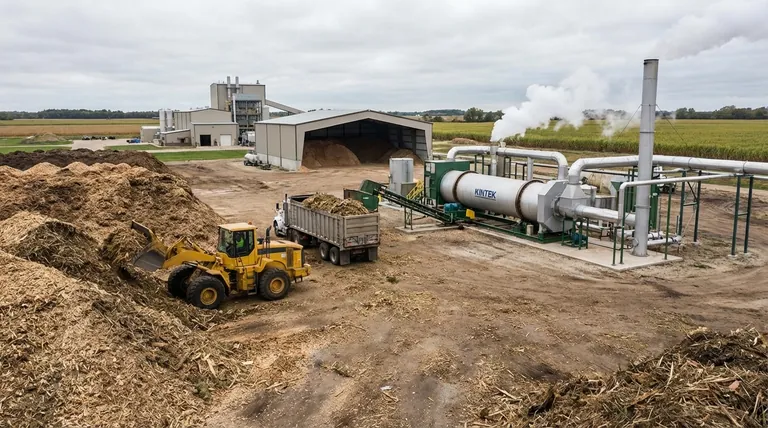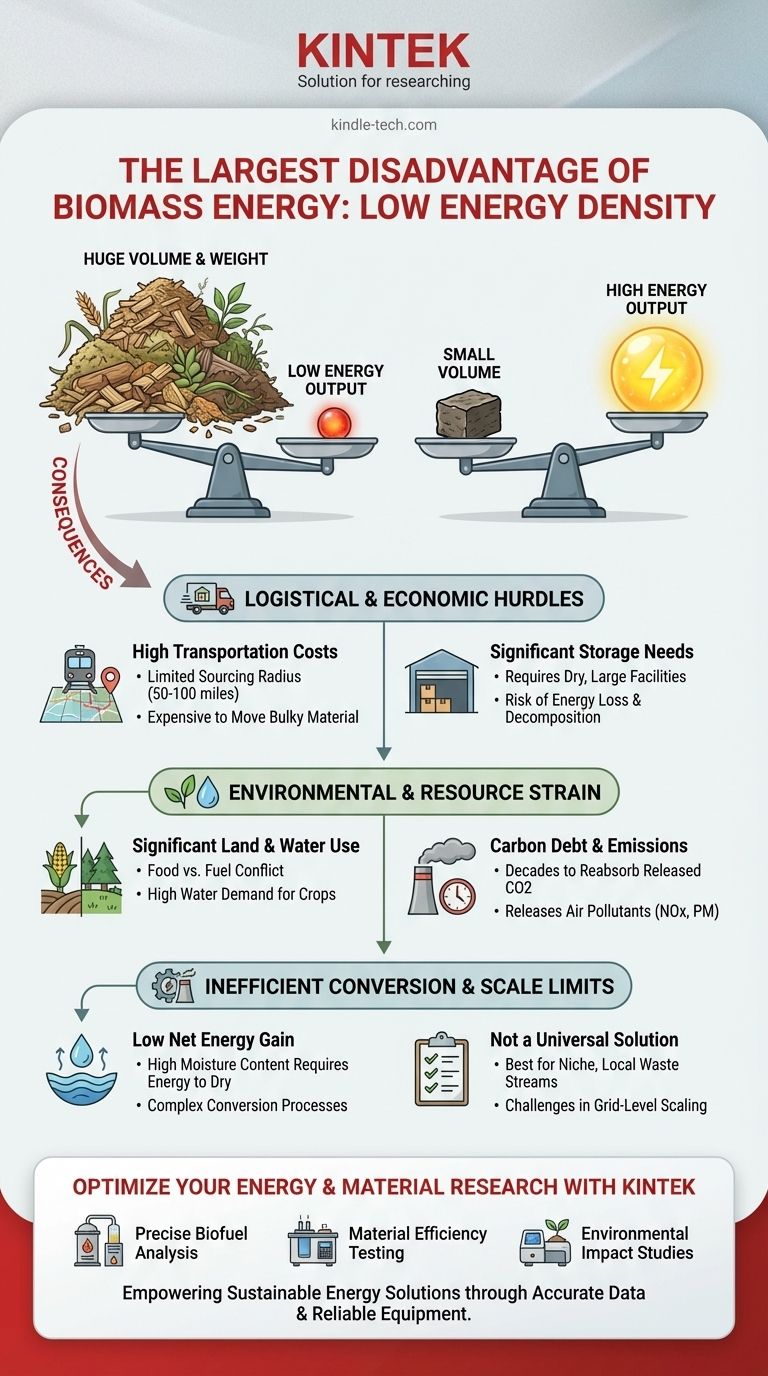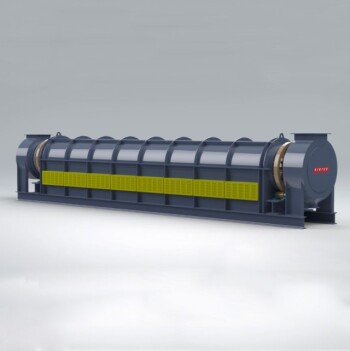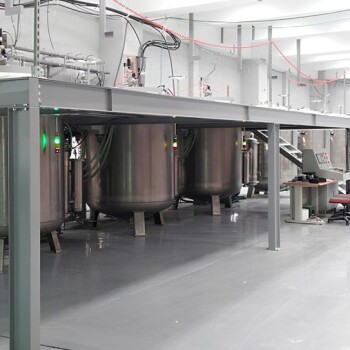While no single disadvantage fits every scenario, the most significant and overarching challenge of biomass as an energy source is its low energy density. This fundamental characteristic creates a cascade of economic and environmental problems related to land use, logistics, and overall efficiency that prevent it from scaling as effectively as other energy sources.
The core problem with biomass is that the simple concept of "burning organic matter for fuel" masks immense logistical and environmental complexities. Its low energy density means vast quantities of land, water, and transportation are required for a comparatively small energy output.

The Core Challenge: Low Energy Density
Energy density refers to the amount of energy stored in a given volume or mass of a substance. Biomass, in all its forms (wood, crops, waste), contains significantly less energy per pound than fossil fuels. This single fact is the origin of its largest drawbacks.
The Problem of Volume and Weight
Because biomass is bulky and has low energy content, you need to harvest, process, and transport enormous quantities of it to generate a meaningful amount of power. A power plant that requires one train car of coal might need ten or more train cars of wood pellets to produce the same electricity.
This inefficiency in volume and weight directly inflates all associated costs and logistical hurdles.
High Transportation and Storage Costs
Moving bulky, heavy material is expensive. The viable radius from which a biomass plant can source its fuel is often limited to 50-100 miles before transportation costs make the entire operation unprofitable.
Furthermore, biomass must be kept dry, requiring large, often covered, storage facilities to prevent decomposition and loss of energy content.
Inefficient Conversion Processes
The process of converting biomass into usable energy, whether through direct combustion, gasification, or pyrolysis, is often less efficient than with conventional fuels. The high moisture content in many forms of biomass consumes a significant amount of energy just to evaporate before net energy can be produced.
The True Environmental and Resource Footprint
While often labeled as "carbon neutral," the environmental impact of biomass is far more complex and contentious. The scale required to make biomass a major energy contributor puts significant strain on land and resources.
Significant Land and Water Use
To generate power at a utility scale, biomass requires vast tracts of land dedicated to growing energy crops like switchgrass or fast-growing trees. This creates a direct conflict with land needed for food production—the "food vs. fuel" dilemma.
These energy crops also demand substantial water resources for irrigation, putting a strain on local water supplies, especially in arid regions.
Emissions Are Not Carbon-Neutral in Practice
The idea of carbon neutrality assumes that the carbon dioxide released during combustion is reabsorbed by new plant growth. However, this creates a "carbon debt"; it can take decades for a newly planted forest to sequester the same amount of carbon released by burning mature trees.
Additionally, burning biomass releases other harmful air pollutants, including nitrogen oxides (NOx), volatile organic compounds (VOCs), and particulate matter, which contribute to smog and health problems.
Risk to Biodiversity and Soil Health
Clearing land for large-scale, single-crop "monoculture" energy farms destroys natural habitats and reduces biodiversity. This agricultural practice can also deplete soil nutrients and increase erosion over time, requiring more intensive use of fertilizers.
Understanding the Trade-offs and Misconceptions
Evaluating biomass requires looking past the simple marketing claims and understanding its practical limitations.
The Myth of "Waste" Biomass
Using genuine agricultural or forestry waste is an excellent application of biomass. However, the available supply of true waste is finite and insufficient to power large-scale energy grids.
Relying on "waste" often leads to a redefinition where whole trees or valuable parts of crops are reclassified as waste to feed the demand, undermining the sustainability claims.
Economic Viability Often Depends on Subsidies
Without government subsidies or carbon pricing schemes, biomass energy often struggles to compete economically with fossil fuels and other renewables like solar and wind, whose costs have plummeted. The high costs of harvesting, transportation, and processing are significant economic barriers.
Making an Informed Decision on Biomass
The viability of biomass is entirely dependent on the scale and the specific goal. It is not a universal solution, but it can be a valuable tool in specific contexts.
- If your primary focus is large-scale, grid-level power generation: The low energy density and immense land requirements make biomass an economically and environmentally challenging choice compared to solar, wind, or nuclear power.
- If your primary focus is utilizing specific, localized waste streams: Using agricultural residue, forestry thinnings, or municipal organic waste for co-located energy generation is an effective and sustainable niche application.
- If your primary focus is a carbon-neutral liquid fuel for transportation: Biofuels remain one of the few renewable options, but they carry all the land-use and "food vs. fuel" trade-offs at an even greater scale.
Ultimately, acknowledging the fundamental disadvantage of low energy density allows for a more realistic and effective application of biomass energy where it truly makes sense.
Summary Table:
| Key Disadvantage | Consequence |
|---|---|
| Low Energy Density | Requires vast quantities of material for small energy output. |
| High Logistics Cost | Expensive transportation and storage due to bulk and weight. |
| Inefficient Conversion | High moisture content reduces net energy gain. |
| Significant Land Use | Creates 'food vs. fuel' conflict and strains water resources. |
| Carbon Debt | Decades-long delay in achieving carbon neutrality from new growth. |
Optimize Your Lab's Energy and Material Research with KINTEK
Navigating the complexities of biomass and alternative energy sources requires precise analysis and reliable equipment. Whether you are researching biofuel conversion processes, material efficiency, or sustainable energy solutions, KINTEK's high-performance lab equipment is engineered for accuracy and durability.
We serve laboratories and researchers focused on:
- Biofuel and Biomass Analysis: From pyrolysis reactors to calorimeters for measuring energy content.
- Material Testing: Equipment to analyze the properties and efficiency of various energy sources.
- Environmental Science: Tools for studying emissions, carbon cycles, and sustainability metrics.
By partnering with KINTEK, you gain:
- Precision and Reliability: Ensure your data on energy density and conversion efficiency is accurate.
- Expert Support: Our specialists understand your challenges and can recommend the ideal solution.
- Durable Consumables: Keep your research running smoothly with our high-quality lab supplies.
Ready to enhance your energy research capabilities? Contact our team today to discuss your specific needs and discover how KINTEK can empower your laboratory's critical work in sustainable energy.
Visual Guide

Related Products
- Electric Rotary Kiln Small Rotary Furnace Biomass Pyrolysis Plant
- Electric Rotary Kiln Continuous Working Small Rotary Furnace Heating Pyrolysis Plant
- Electric Rotary Kiln Small Rotary Furnace for Activated Carbon Regeneration
- Large Vertical Graphite Vacuum Graphitization Furnace
- Electric Rotary Kiln Pyrolysis Furnace Plant Machine Calciner Small Rotary Kiln Rotating Furnace
People Also Ask
- Is pyrolysis viable? A Guide to Economic, Technological, and Environmental Success
- How is energy converted into biomass? Harnessing Nature's Solar Power for Renewable Energy
- What is a disadvantage of biomass energy? The Hidden Environmental and Economic Costs
- What is the process of biomass fast pyrolysis? Turn Biomass into Bio-Oil in Seconds
- What are the conditions for biomass pyrolysis? Optimize Temperature, Heating Rate & Time





